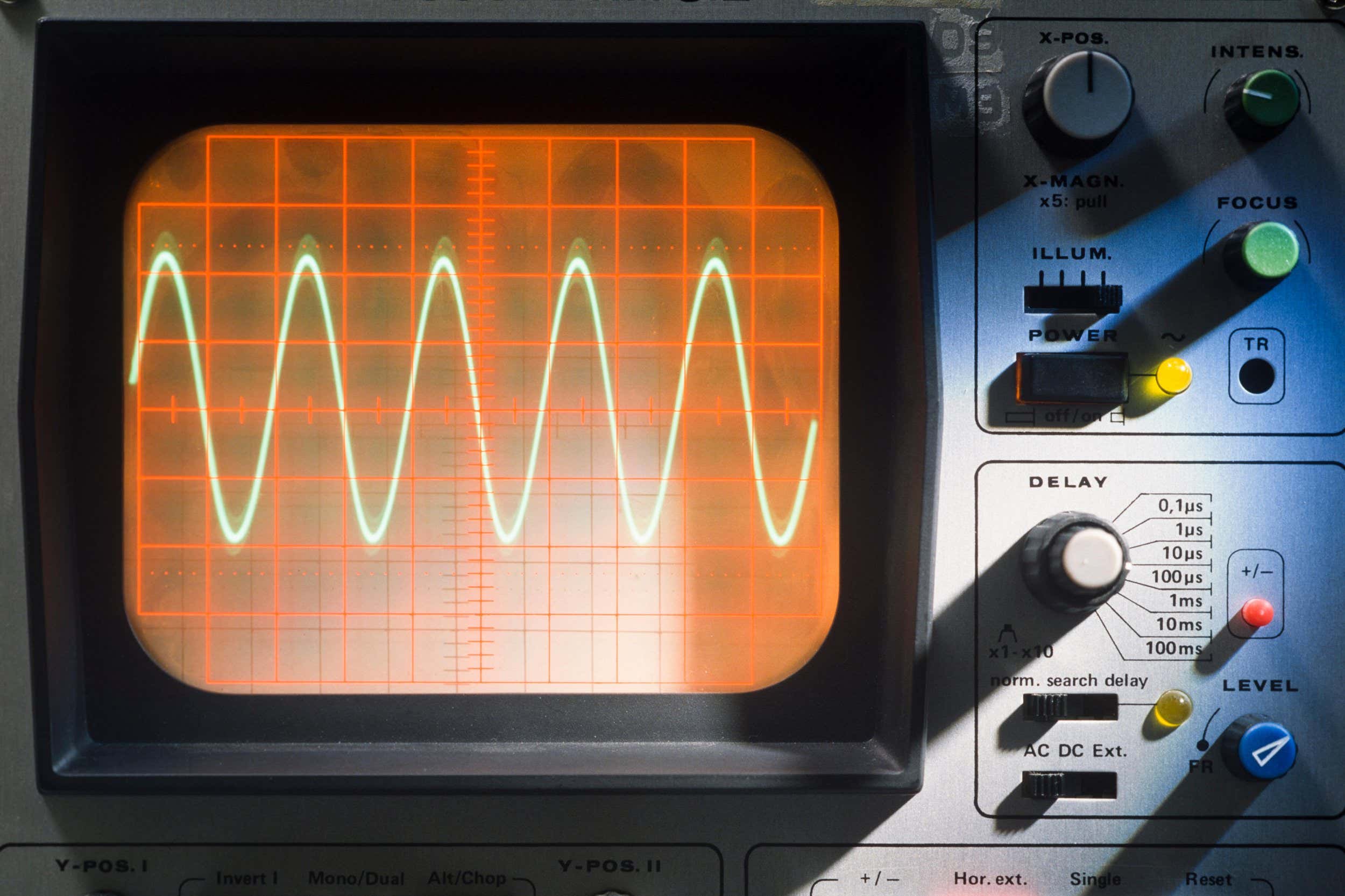Almost a decade ago, researchers calculated that microwaves can seemingly spend an imaginary amount of time within a material – now an experiment reveals how the phenomenon is perfectly real
By Karmela Padavic-Callaghan
13 June 2025
An oscilloscope in an electronic testing lab
Uwe Moser/Alamy
Microwaves seem to be able to spend “imaginary time” inside a material, but this bizarre phenomenon has never been shown to correspond to something real and measurable in the lab – until now.
Read more
Light has been transformed into a 'supersolid' for the first time
When a pulse of radiation, such as microwaves or light, travels through a material, the interaction with the material’s atoms can slow it down, creating a time delay. In 2016, a team of researchers calculated that this time delay can be imaginary – crunch the numbers and you get a number of seconds multiplied by the square root of -1, or the imaginary number called i. We don’t encounter such numbers in nature, but Isabella Giovannelli and Steven Anlage at the University of Maryland have found a way to measure them in an experiment anyway.
“It’s sort of like a hidden degree of freedom that people ignored,” says Anlage. “I think what we’ve done is bring it out and give it a physical meaning.”
The researchers sent a microwave pulse through a set of coaxial cables whose ends were connected to form the shape of a ring. They had lots of control over the pulse that entered this ring, and they very precisely collected and analysed the microwave pulse that came out. The team used an oscilloscope and other devices to determine not just how long it lingered in the cables, but also how its other properties, such as frequency, changed.
They found that so-called imaginary time manifests as one tiny physical change. Microwaves are not spending an impossible amount of time in the cables; they are just jiggling through it at a slightly shifted frequency. This is because the energy and intensity of the microwaves are changing as they travel and interact with the cables’ interior, says Konstantin Bliokh at Donostia International Physics Center in Spain, who worked on the 2016 calculation.
